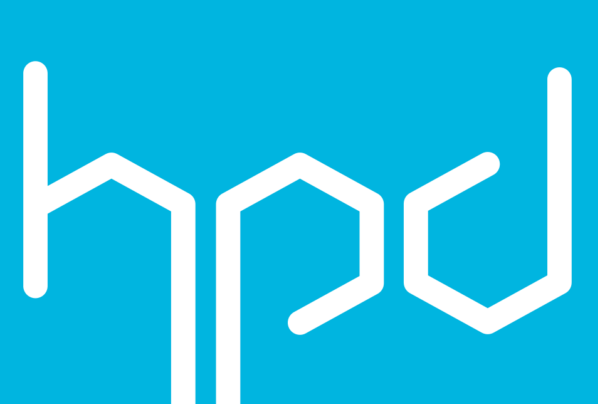In the era of consumption, we constantly see appeals to environmentally friendly products. Unfortunately, it can be difficult to differentiate sustainable options from their performative opposites. In trying to avoid greenwashing, sustainability reports are a great way to tell if a company is putting in the effort and research to make their product greener and less toxic. Two prominent voluntary reporting options in this space are Declare Labels and Health Product Declarations (HPDs). Despite their differing requirements and goals, either option is a great way to show your customers that you value creating healthier products and are willing to put in the work.
Declare Labels
The International Living Future Institute (ILFI), the overseeing body for the Declare program, describes Declare Labels as the nutrition labels for products. The broader goal of a Declare Label is to help customers identify products that meet their sustainability requirements and to move us in the direction of product transparency. The labels are managed, reviewed, and approved by ILFI, but are created and submitted through Toxnot, who remains the sole technology partner for the Declare program.
The Declare program is voluntary, but participation in the program requires companies to report all ingredients used in a given product. This means as a manufacturer, you must provide a bill of materials (BOM) with 100 percent of the substances in your product, including their respective chemical registry numbers. This may entail in-depth supplier outreach to collect the level of information required to get your Declare label. Declare also uses a color coding system to automatically screen your products for red-list (highlighted as red on your label) and watch-list chemicals (highlighted as orange on your label) which will determine the type of label you get (Declared/Red List Approved/Red List Free). Once your Declare label is approved and published by ILFI, they are added to a free and searchable database and can later be used in meeting requirements for LBC, LEED, and WELL certifications.

To learn more about the Declare program, check out their website and download the Manufacturer’s Guide.
HPDs are overseen by the Health Product Declaration Collaborative, HPDC for short. The core drivers for the HPD program are to help customers who are buying products for the built environment better understand the makeup of the products they are purchasing along with their associated health information. HPDs are also managed, reviewed, and approved by the HPDC. They can be created in both the HPD platform and Toxnot, providing manufacturers with flexibility in the submission process.
The HPD program is also voluntary with high (but achievable) standards for participation and approval. Similar to Declare labels, HPDs require manufacturers to report all of the substances in a given product down to 100 ppm. However, HPDs are different in that you are able to mark some substances as proprietary while still allowing Toxnot’s or HPDC’s software to screen that substance against priority chemical lists. This functionality provides companies with more freedom in participating while still protecting proprietary formulations. Regardless, it is important to remember that it may still entail in-depth supplier outreach to collect the level of information necessary to get your product’s HPD. Once your HPD is approved, it will also be added to a free and searchable database and can later be used in meeting requirements for some LEED and WELL certifications.

To learn more about HPDs and their requirements, download the HPD Manufacturer’s Guide.
Whether you want to pursue one or both of the above sustainability reports, Toxnot can help you achieve your goals for free! Sign up for your account to get started today!

